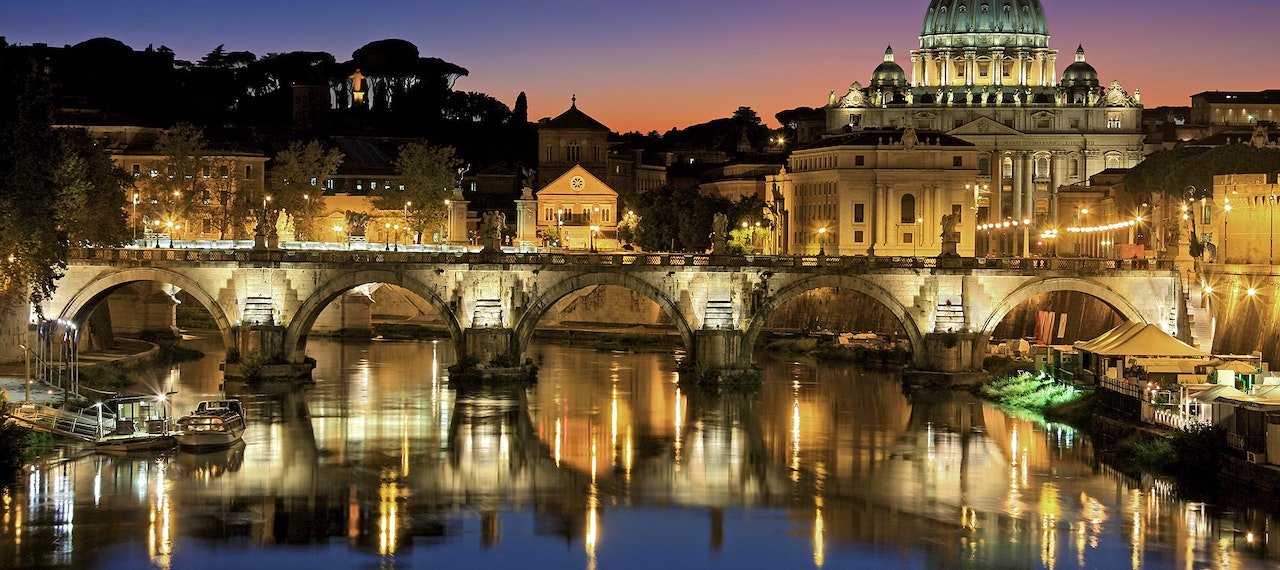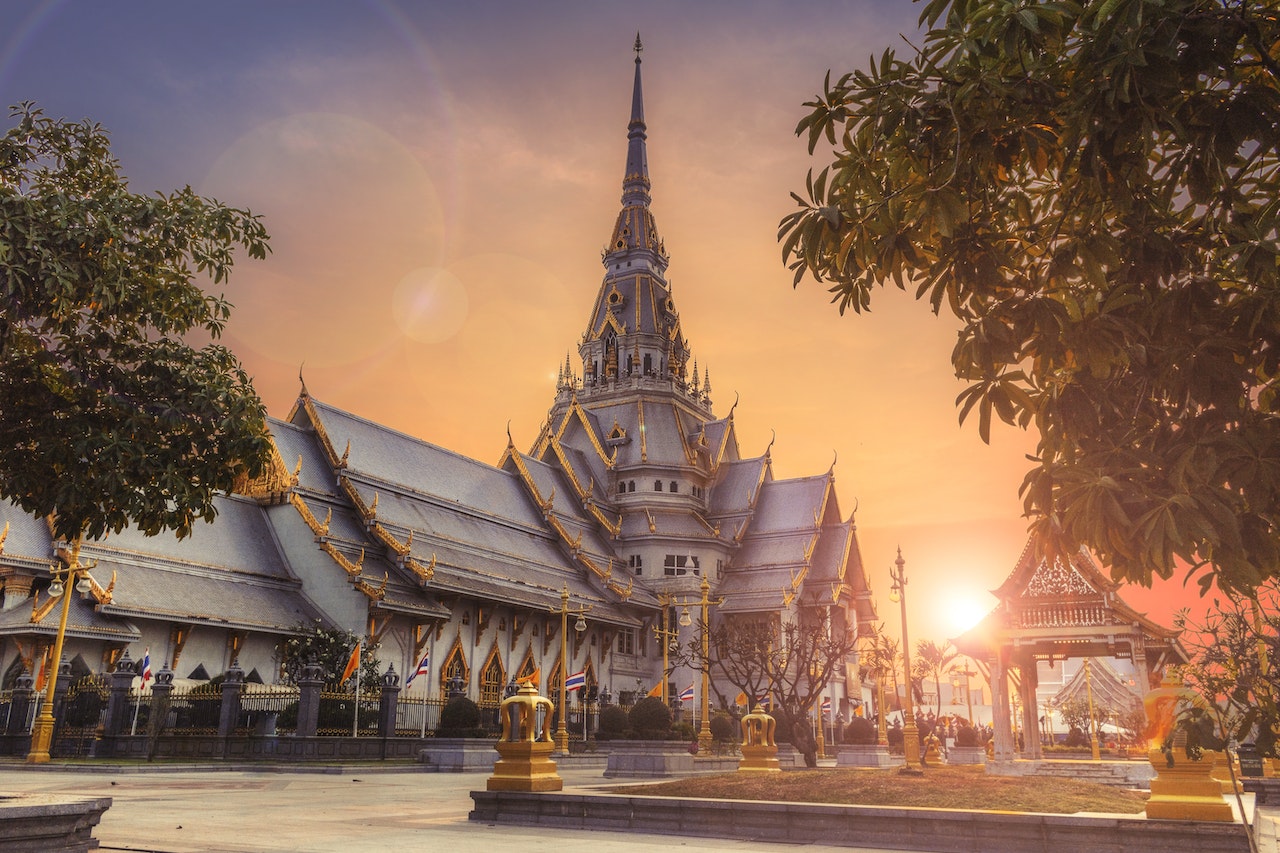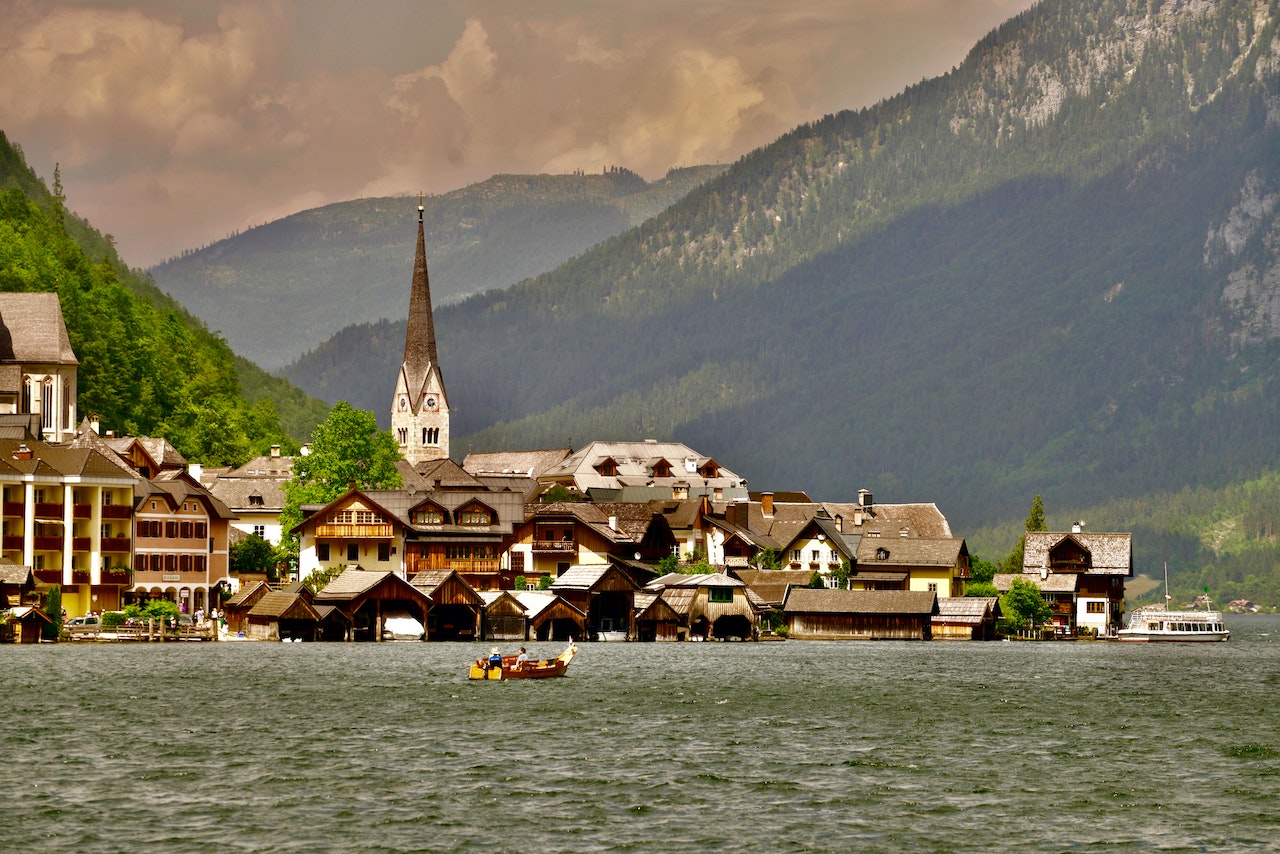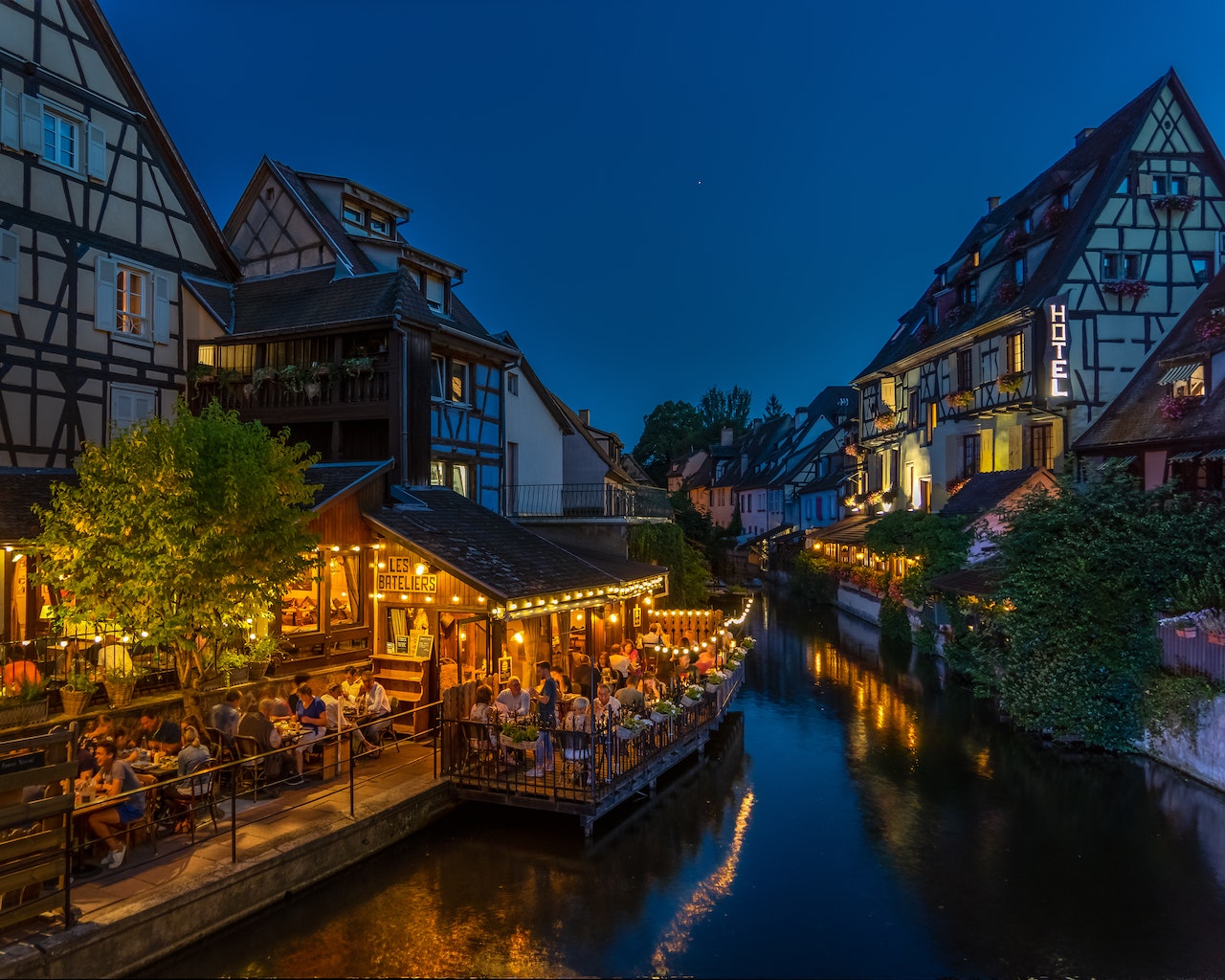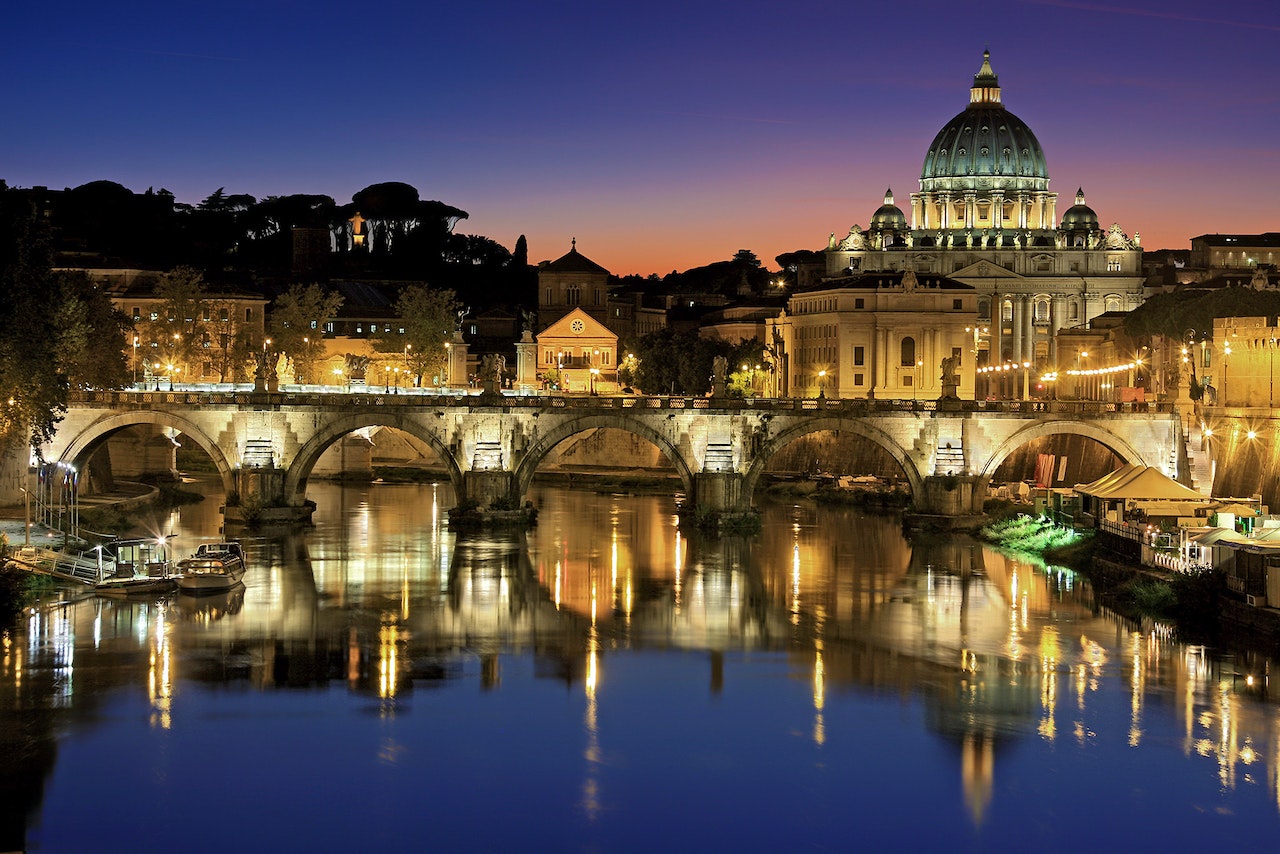Stepping into Rome, the Eternal City, is like opening a history book onto pages filled with epic tales of emperors and gladiators, poets and philosophers. This city, which once stood at the heart of one of the world's most influential civilizations, is steeped in millennia of history, and its ancient ruins offer a captivating glimpse into the grandeur of the Roman Empire.
As a fervent admirer of ancient history and architecture, I embarked on a three-day exploration of Rome’s ancient ruins, a journey I'll recount for you here.
The Colosseum: An Icon of Imperial Rome
No trip to Rome is complete without visiting the Colosseum, the magnificent amphitheater that once echoed with the cheers of up to 50,000 spectators witnessing bloody gladiatorial contests and theatrical spectacles. As I stood before this monumental testament to Roman architecture, the sheer scale and architectural prowess displayed took my breath away. I could almost hear the roar of the crowd and feel the anticipation of the events that once took place there.
The Roman Forum: The Heart of Ancient Rome
Just a short walk from the Colosseum, I found the Roman Forum, the hub of political, commercial, and judicial life in ancient Rome. As I strolled among the weathered pillars and crumbling arches, I imagined toga-clad senators hurrying along the cobblestones, deep in animated conversation about the affairs of state.
The ruins here tell countless stories, but I found the Temple of Julius Caesar particularly poignant. This is where the body of the assassinated leader was cremated and where, even today, fresh flowers are laid – a testament to the timeless allure of Rome's history.
The Palatine Hill: Rome’s Most Ancient Part
Overlooking the Roman Forum, I ventured onto the Palatine Hill, where Rome is said to have been founded by Romulus in 753 BC. Today, it's home to the ruins of imperial palaces, offering a glimpse into the lives of the Roman elite.
Standing amid the ruins of the Flavian Palace, I marveled at the spectacular views of the city and the Circus Maximus, once the site of thrilling chariot races. These lavish residences, now in ruins, were a testament to Rome’s erstwhile wealth and power.
The Pantheon: Rome’s Architectural Marve
My exploration concluded with the Pantheon, one of the best-preserved structures from ancient Rome. Upon entering, I was awestruck by the building's domed interior and its famous oculus – a hole in the center of the dome that casts a moving circle of light around the interior. Originally a temple dedicated to all Roman gods, the Pantheon is now a church, and serves as the final resting place of Renaissance artists like Raphael.
Exploring Rome's ancient ruins was like stepping back in time, allowing me to walk in the footsteps of those who shaped the course of history. It was a journey that I'll carry in my heart and memory always.
If you ever get the chance to visit Rome, I implore you to take your time exploring these ancient ruins. Go beyond the facts and figures, let your imagination roam, and connect with the echoes of the past that linger in every stone and pathway. This is Rome, a city where the past and the present converge in beautiful harmony.
